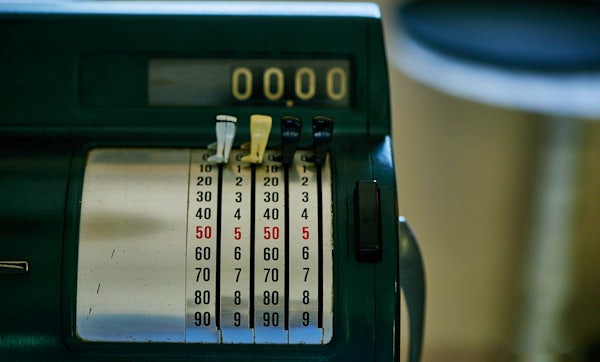Croatia Currency: A Guide to Money in Croatia

What is the Currency in Croatia?
As of January 2023, the currency used in Croatia is the Euro. Prior to this change, Croatia’s official currency was the Croatian Kuna (HRK) between 1994 and 2023. Below we’ll provide you with all the information you need to know about navigating the currency in Croatia.
Croatian Money
The currency in Croatia is the Euro (sign: €; code: EUR), which has been in use since 2023.
The Euro is divided into cents (sign: c) and uses a combination of notes and coins.
The Euro comes in note form in multiple denominations, including 5, 10, 20, 50, 100, 200 and 500.
In the form of a coin, denominations of 1, 2 and 5, 1 and 20 cents, and 1 and 2 Euros can also be found.
Between 1994 and 2023 Croatia used the Kuna. The word ‘Kuna’ directly translates to ‘Marten’; a weasel-like Croatian native animal whose fur was once used as a form of currency many centuries ago!
What is the Value of the Euro?
Whilst exchange rates fluctuate regularly, we’ve listed some rough estimates below to show you how the Euro compares to other currencies, such as the Australian Dollar, Great British Pound, and US Dollar, on everyday items. We would recommend using an exchange rate website such as XE.com to get the most up to date exchange rate information.
Whilst Croatia no longer operates with the Kuna, see the value it used to hold in the video below.
Croatian Kuna or Euros?
With Euro now the official currency of Croatia, this is the most commonly used currency in the country. Prior to 2023 you would be able to pay using a combination of Euros and Kunas for certain items such as accommodation, transportation and some restaurants.
Obtaining Euros
As a currency used throughout many European countries, you have the choice of converting money before arriving in Croatia or converting your local money in Croatia. Where possible try and exchange your money in a bank or retrieve money from an ATM and try to avoid exchanging money at hotels or in a Bureau de Change as the rates are typically quite poor.
What about ATMs?
Glad you asked! Most major towns and islands in Croatia such as Dubrovnik, Korcula, Split and Hvar will have ATMs that are linked to international networks. The smaller towns, however, may not have ATM facilities available. Credit cards such as Visa and MasterCard are widely recognised and are accepted in most tourist areas; however, it’s always a good idea to have a small amount of cash if you’re travelling off the beaten track.
Please note that once onboard your Sail Croatia Cruise, any extra expenses such as bar tabs, additional food and tips should be paid for in Euros.
Croatia Currency FAQ's

